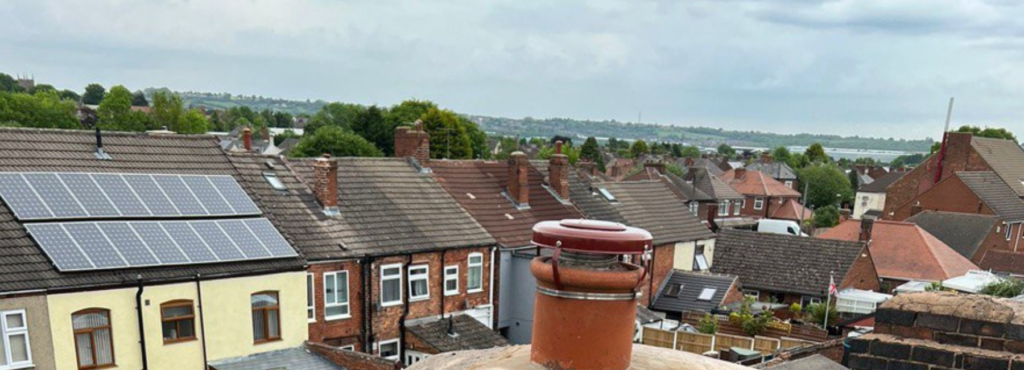Introduction: Replacing the roof on a multi-storey home presents unique challenges and considerations compared to single-storey properties. At Selsey Roofing Repairs, we understand the complexities involved in such projects and offer practical advice to ensure a smooth and successful roof replacement. Here’s a detailed guide on managing roof replacement in multi-storey homes effectively.
- Planning and Preparation
1. Structural Assessment:
- Professional Inspection: Before starting the replacement, have a qualified roofing contractor inspect the entire structure. This includes checking the condition of the roof deck, support beams, and existing roofing materials.
- Load-Bearing Capacity: Multi-storey homes may have different load-bearing capacities than single-storey ones. Ensure the structure can support the weight of new roofing materials and equipment.
2. Safety Measures:
- Safety Equipment: Implement strict safety protocols and provide workers with necessary safety equipment, such as harnesses, scaffolding, and fall protection systems.
- Access Points: Plan safe access points and pathways for workers and materials to minimise resident disruptions and ensure efficient workflow.
- Logistics and Access Challenges
1. Scaffolding and Equipment:
- Scaffolding Installation: Arrange for professional scaffolding installation that complies with safety regulations and provides stable access to all areas of the roof.
- Material Handling: Coordinate the delivery and storage of roofing materials to avoid blocking access routes or inconveniencing residents.
2. Coordination with Residents:
- Communication: Inform residents about the project timeline, potential disruptions, and safety precautions. Maintain open communication channels to address concerns promptly.
- Scheduled Work Hours: Plan roofing work during suitable hours to minimise noise and disturbance, especially in residential areas.
- Choosing the Right Roofing Materials
1. Durability and Aesthetics:
- Longevity: Select durable roofing materials that withstand local weather conditions and provide long-term protection.
- Appearance: Consider the aesthetic impact of roofing materials on the overall look of the multi-storey property.
2. Noise Reduction:
- Insulation Options: Choose roofing materials and insulation that offer soundproofing benefits to minimise noise transmission from the roof to interior living spaces.
- Professional Installation and Quality Assurance
1. Experienced Roofing Contractor:
- Expertise: Hire a reputable roofing contractor with experience in multi-storey roof replacements. Verify their credentials, portfolio, and customer reviews.
- Quality Assurance: Ensure the contractor follows industry best practices and adheres to local building codes and regulations throughout the project.
- Post-Installation Inspection and Maintenance
1. Final Inspection:
- Detailed Check: Conduct a thorough inspection of the new roof to verify installation quality, ensure all components are properly secured, and address any outstanding issues.
2. Maintenance Schedule:
- Routine Maintenance: Establish a regular maintenance schedule to inspect the roof, clean gutters, and address minor repairs promptly to extend the roof’s lifespan.
Conclusion: Managing roof replacement in multi-storey homes requires careful planning, adherence to safety protocols, and collaboration with experienced professionals. By prioritising structural assessments, logistics planning, and choosing the right materials, homeowners can achieve a successful roof replacement project that enhances property value and ensures long-term durability.
Call us on: 01243 957 296
Click here to find out more about Selsey Roofing Repairs
Click here to complete our contact form and see how we can help you with your roofing needs.

